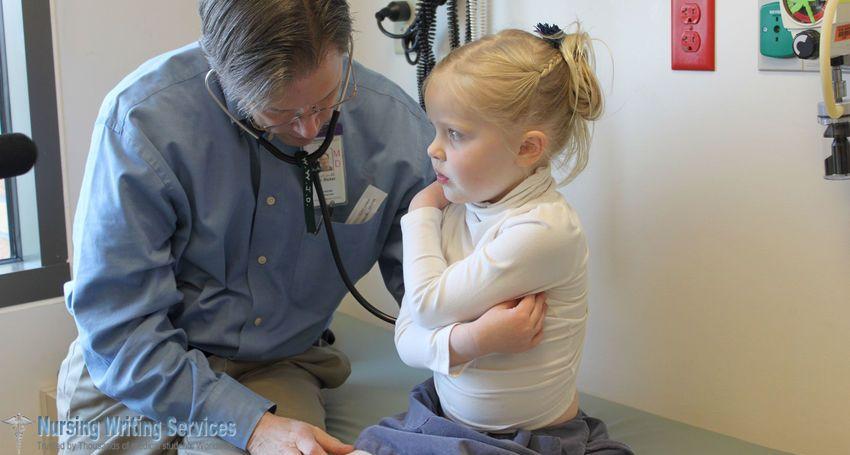Is there a better way of making a flu vaccine?
The World Health Organization (WHO) makes a gamble every year when developing a flu virus. They try to determine the flu viruses that will dominate. WHO vaccine makers get two chances one for each hemisphere, but effectiveness only reaches a certain per cent such as 10% in Australia.
A vaccine that is 10 per cent effective does not mean that it is also 90 per cent useless. A percentage shows the extent to which a shot reduces the risk of getting a disease but is not a reflection of how much it can help to ward off the extremely severe symptoms. A mismatched vaccine still gives an advantage when the body faces an influenza virus, but it makes it crucial for everyone to receive a shot. Highly effective vaccinations are necessary because inoculated persons are unlikely to contract flu thus the number of those who require it will be lower.
A Better Way of Making an Effective Flu Vaccine
Animal cell-based vaccine
The cell-based vaccine is still a new method that provides an alternative to develop a flu vaccine in the egg. People who are allergic to eggs get a different shot that grows in animal cells instead of an egg, and it does seem to get problematic mutations.






